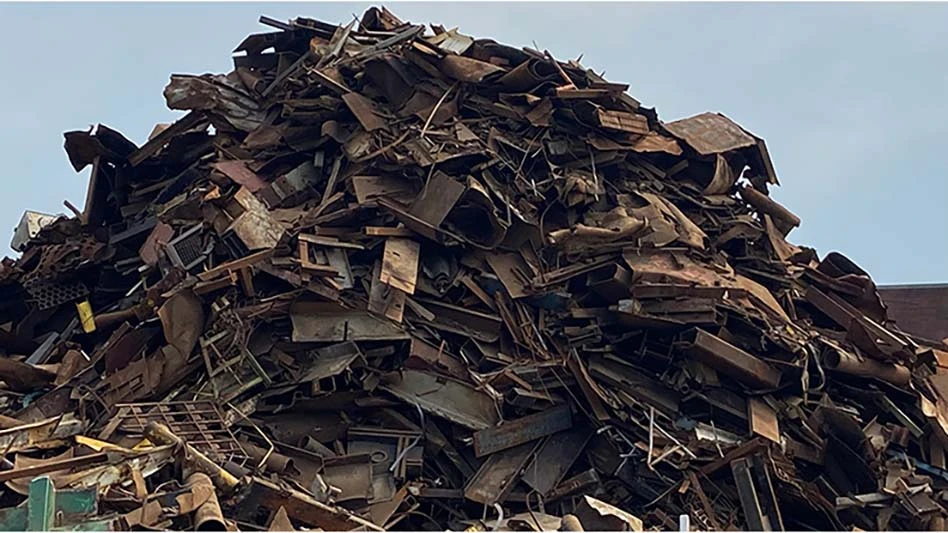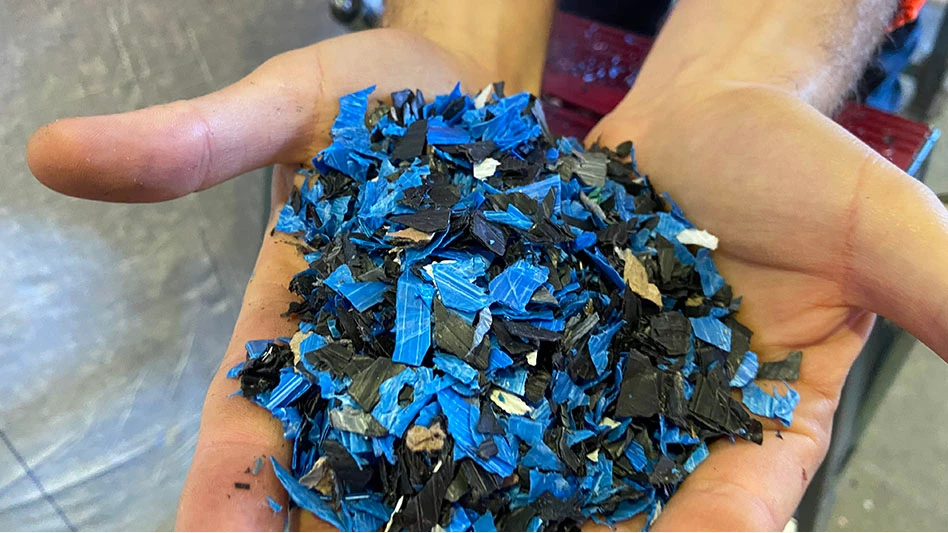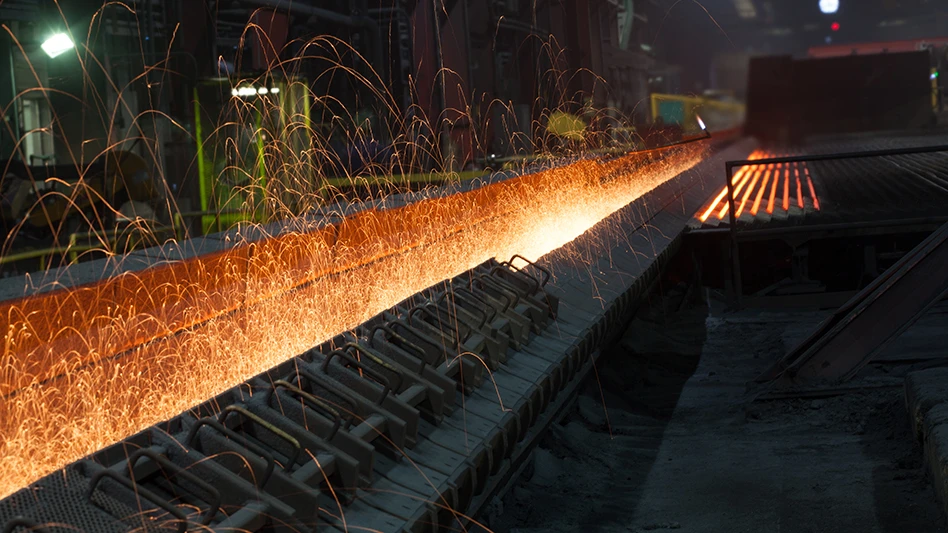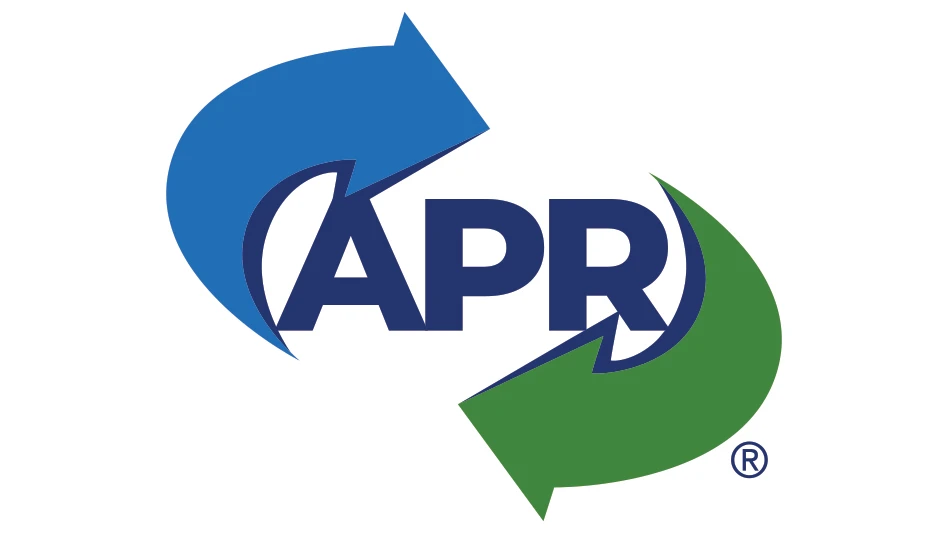 Metal recycling knows no limits because metals can be remelted as scrap infinitely. Of course, metals have to be separated from nonmetallic impurities, and different metals have to be sorted in pure fractions to be used as secondary raw materials.
Metal recycling knows no limits because metals can be remelted as scrap infinitely. Of course, metals have to be separated from nonmetallic impurities, and different metals have to be sorted in pure fractions to be used as secondary raw materials.
Additionally, the planet’s resources are exhaustible, making it more and more important to use secondary raw materials. By using secondary raw materials in the production of aluminum, the energy-intensive electrolysis process is eliminated, thereby reducing the total energy costs to approximately 10 percent of primary production’s energy price.
It also should be noted that the mining of many ores for primary production occurs in politically unstable regions and sometimes under unsafe working conditions. On the environmental front, ore mining and the processes that follow can produce tailings and even “toxic red mud.”
A new standard
Global demand for ferrous and nonferrous metals is increasing each year. Industrial production in all areas of daily life devours an enormous quantity of aluminum and other nonferrous metals, including copper, brass, nickel, tin, zinc and lead.
The Institute of Scrap Recycling Industries Inc. (ISRI), Washington, has created terms and specifications for mixed shredded scrap metals, including zorba, zebra, zeppelin and zurik.
The current sorting method used for producing zorba, zurik and metals of similar composition includes sink-float separation processes and sensor-based sorting systems that use camera technology.
The practice of manual sorting is still considerably widespread. While manual sorting results in high purity levels, the process is cost intensive in industrial countries and should therefore only serve as a final check for quality control purposes.
Furthermore, not all metals can be sorted manually, as their difference is simply not discernible visibly. Gray metals can only be sorted to a certain extent, and it can be difficult for stainless steel to be separated visually at all.
The sink-float process is used in many treatment plants to separate materials of different densities. This process can require large quantities of water and expensive additives, such as ferro-silicon. The separation efficiency also is limited, but aluminum can be separated from heavy metals and low-density nonmetallic impurities (e.g., plastics and wood).
The mix of heavy metals must be treated in another way or has to be sorted manually. Most heavy metals are exported to Asia for further manual sorting. The aluminum recovered cannot be easily separated in all instances.
The use of sensor-based sorting systems represents an economic and sometimes reasonable alternative to manual or density sorting.
Sorting by color using a color-detecting camera is one possibility offered by sensor-based sorting technology. However, this form of separation can face limitations. Only fractions that are clearly distinguishable by color, such as copper and brass, can be separated. All gray heavy metals, such as zinc, lead, nickel and stainless steels, may not be sortable from each other.
Sorting using a color camera also can be affected negatively by surface contamination and color impurities. Sorting tests and experience with different input materials also have shown that only part of the copper and brass fraction is optically recognizable in some instances.
Only as little as one-third of the whole copper and brass fraction corresponds to the color definitions of these two nonferrous metals. The remaining quantity—as much as two-thirds of the total fraction—remains unidentified because of surface contamination and therefore is unsorted within the heavy metal fraction.
X-ray transmission (XRT) technology also faces limitations in its sorting efficiency as an alternative to the sink-float separation process. The transmission technology “shines through” the material and is based upon the detection of density differences. (An X-ray image is a very good comparison. Dense material [bones] weakens the X-rays much more than less dense material [tissue].) The XRT differentiates material in a similar way as the sink-float process.
Another possibility of sensor-based sorting technology is sorting with XRF (X-ray fluorescence). A few years ago, Austria-based Redwave developed a sensor-based sorting system based upon XRF in cooperation with Japan-based Olympus Corp.
Redwave offers optical sorting machines in the environmental and mineral industries as well as comprehensive sorting plants, while Olympus is a global market provider of portable XRF systems for rapid on-site measurements and has extensive experience in the field of XRF.
The companies’ XRF sorting system was initially used in the field of glass sorting, more precisely for the separation of heat-resistant and leaded glass from recyclable glass cullet. Soon it became apparent that the fields of application go far beyond the glass sector.

The basic principle
In an XRF sorting unit, an X-ray tube emits X-rays (so-called primary XRF radiation), thereby “exciting” the metal piece. Depending on the composition of the metal piece, this excitation leads to the emission of characteristic radiation (secondary XRF radiation). The radiation emitted represents the composition of the metal.
Each element of the periodic table has a unique and distinctive energy and can be detected specifically. If, for example, a pure copper piece is excited, only the radiation with the typical energy of copper is emitted. On the other hand, when exciting the element brass, the typical radiation of copper and zinc is perceived. This radiation is captured by special sensors and then evaluated. The technology makes an element-specific sort of mixed metal scrap possible.
In addition to this element-specific detection, the most important benefit of XRF technology is the metal sorting regardless of color and surface contamination. Compared with camera technology, dirty and uncharacteristic color pieces of copper and brass, for example, can be accurately detected and sorted. Likewise, it is possible to detect metals of the same or similar color separately and to sort them.
This unique detection mechanism also enables XRF to separate gray heavy metals into single elements. All elements after vanadium (V, element No. 23) in the periodic table can be exactly identified and sorted.
The sorting logic also has few limitations. One element, several elements or the combination of two or more elements can be used as sorting criterion. The threshold values and sensitivities of each single element are variably adjustable.
Zorba and Zurik
The application possibilities of XRF technology within metals sorting can be particularly versatile. For example, nickel-based stainless steels can be separated from nickel-free stainless steels, and the same applies to molybdenum-based stainless steels. Gold, silver, platinum and other precious metals can be sorted out of a mixture of scrap metals, and aluminum also can be separated from heavy metals as well as from single heavy metals into pure fractions.
Sorting zorba is of keen interest to scrap recyclers. Zorba is usually composed of more than 70 percent aluminum and brass, zinc, copper, iron and stainless steels in different percentages, as well as accompanying metals, such as lead and silver alloys.
Using one XRF sorting machine or more, it is possible to recover all components of zorba according to type and to sort aluminum on the basis of its alloying elements, including copper, zinc and iron.
In the first sorting step, all metals (other than aluminum) are positively separated, generating two fractions: a heavy metal fraction and an aluminum fraction.
Next, all heavy metals are recovered in an offline operation, and the high-grade and other nonferrous metals, such as copper, brass, zinc and stainless steel, are directly fed to the recycling process as secondary raw materials. It also is possible to further separate the aluminum fraction from the first sorting step.
Based on the detection of alloying components, such as copper, zinc and iron, in aluminum alloys, it is possible to separate those alloys that are rich in these metals. The generated pure aluminum fraction corresponds to primary aluminum alloy 6061 and can be remarketed for recycling.
Through this sorting process, nonferrous metals need not be sorted manually or exported long distances, and a high-purity aluminum fraction also can be produced.
Zurik can be sorted similarly with this method. First, the zurik fraction is separated from metals that are harmful or undesirable for the further processing of stainless steel. Copper, brass, tin, zinc and other metals are separated in this stage, which results in the generation of a stainless steel and a mixed metal fraction.
The mixed metal fraction can be separated offline (as described above) to create red metals fractions, such as copper and brass. The stainless steel fraction can be sorted on the basis of different alloy components (such as the positive separation of nickel-based or molybdenum-based stainless steels).
Confronting challenges
In addition to the high throughput and purity, XRF sorting technology can offer additional advantages compared with many alternative techniques.
The applicability of the XRF technology is multifaceted and not limited to one material class or application. Compared with other technologies, moisture, coloring and surface contamination have no significant negative impact on the detection.
The sorting process produces high-purity metal fractions that can be sold directly and profitably. Assuming the current revenue for the recovered metals for the sorting of zorba, the payback of the machine—including labor and operating costs—can be reached in less than a year.
The flexibility of the XRF technique and the sophisticated sorting logic make it possible to respond to changes in the sorting processes as quickly as possible. Furthermore, a great variety of sorting steps can be carried out with the same machine and different preset sorting programs.
The author is in sales management with the Redwave division of Austria-based BT-Wolfgang Binder GmbH. He can be contacted through the company’s website at www.redwave.at.
To view a video of Redwave’s XRF sorting equipment, visit www.youtube.com/watch?v=yDRuguPfsvs.
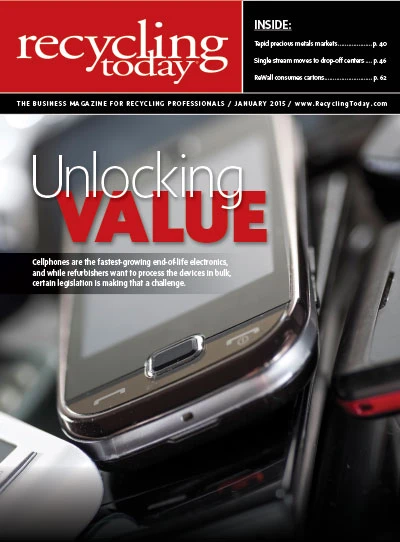
Explore the January 2015 Issue
Check out more from this issue and find your next story to read.
Latest from Recycling Today
- Two factors raise ferrous export questions in April
- Analyst: Scrap imbalance lost amid copper’s critical status
- AF&PA report shows decrease in packaging paper shipments
- GreenMantra names new CEO
- Agilyx says Styrenyx technology reduces carbon footprint in styrene production
- SABIC’s Trucircle PE used for greenhouse roofing
- Hydro to add wire rod casthouse in Norway
- Hindalco to invest in copper, aluminum business in India
